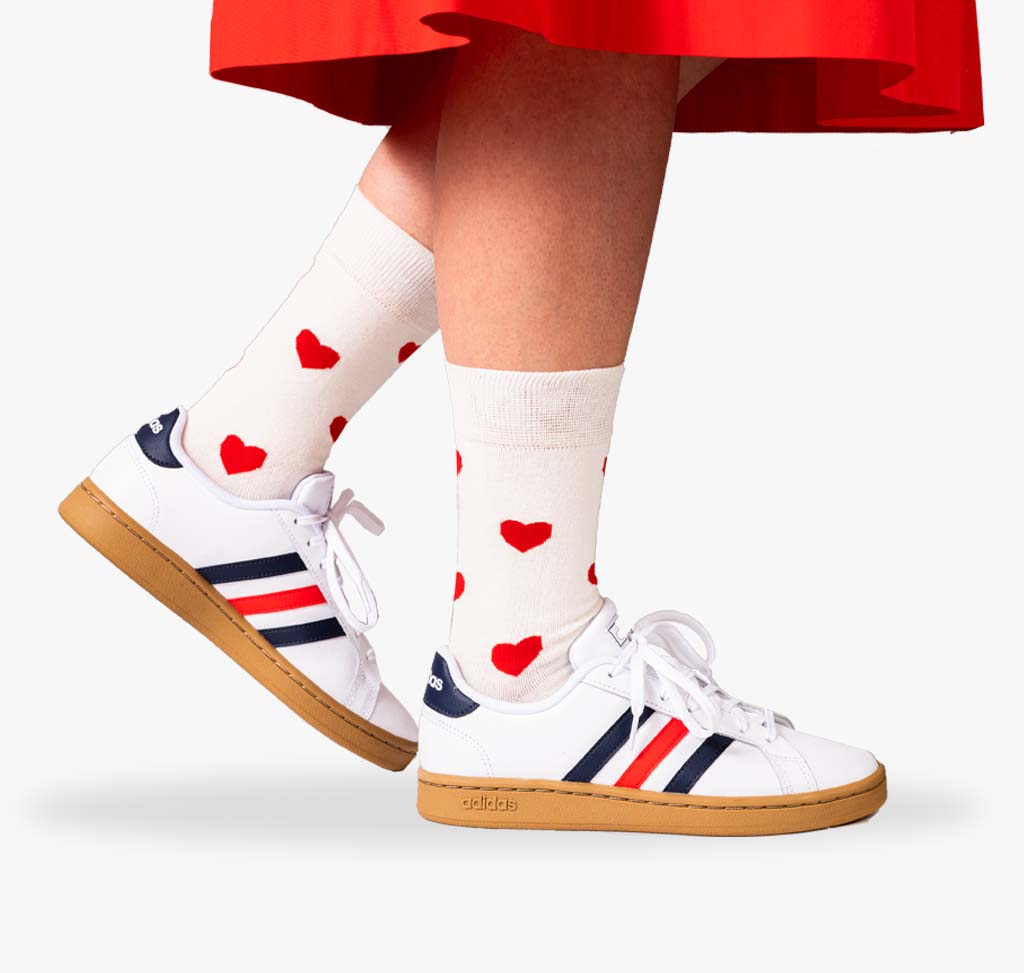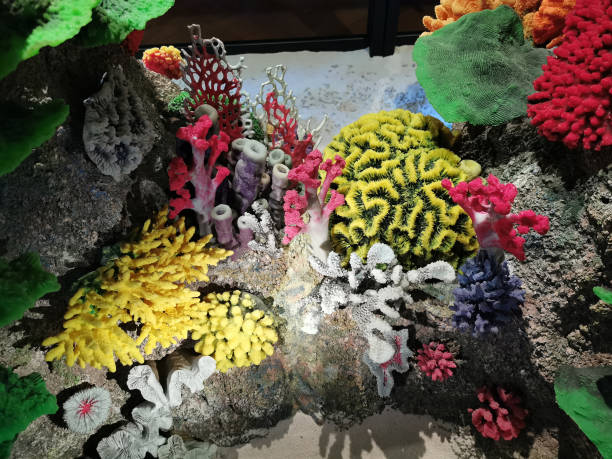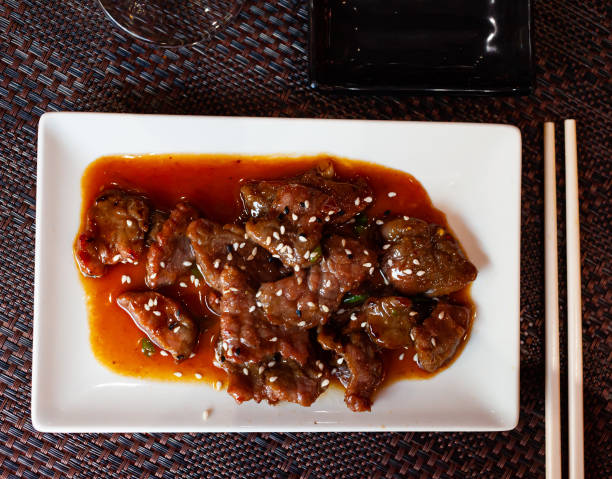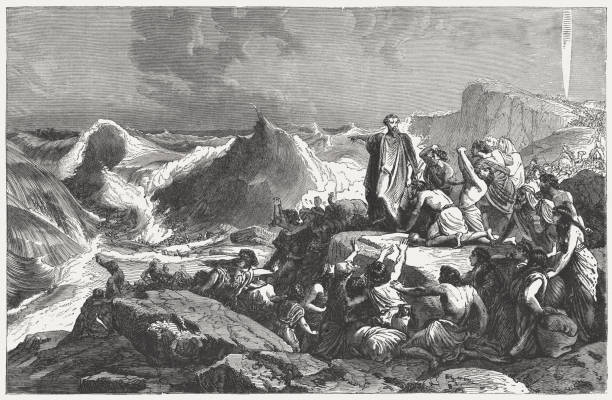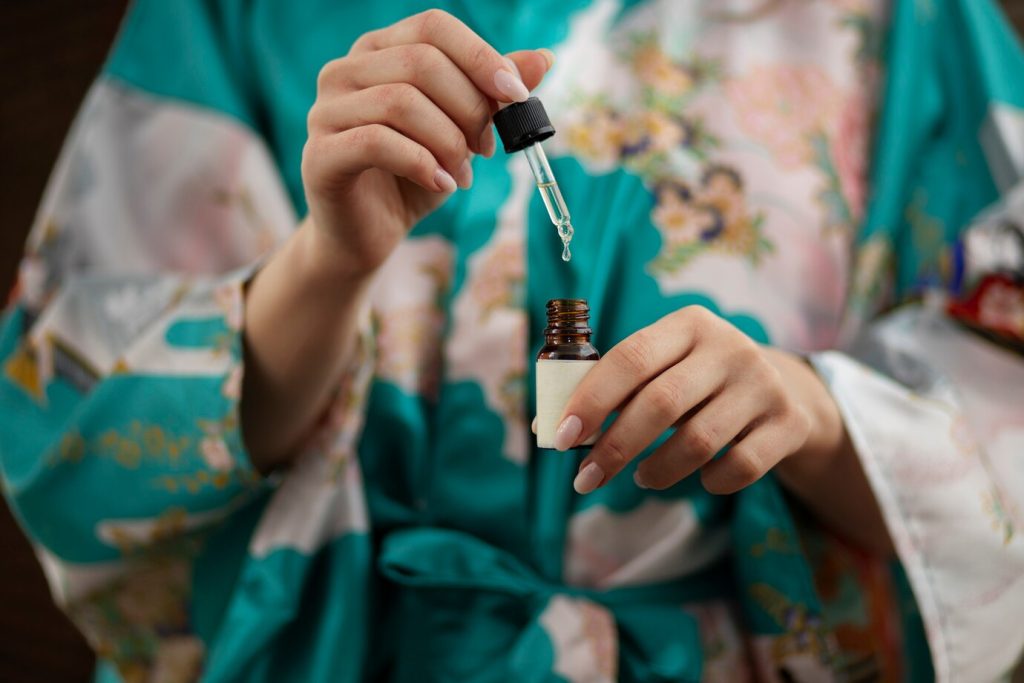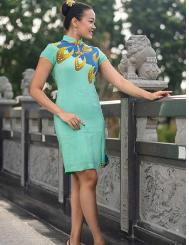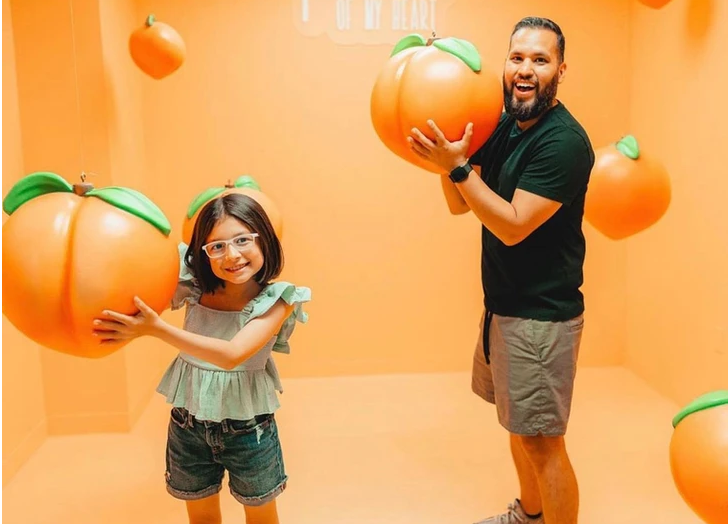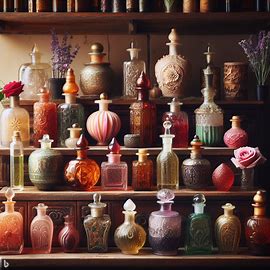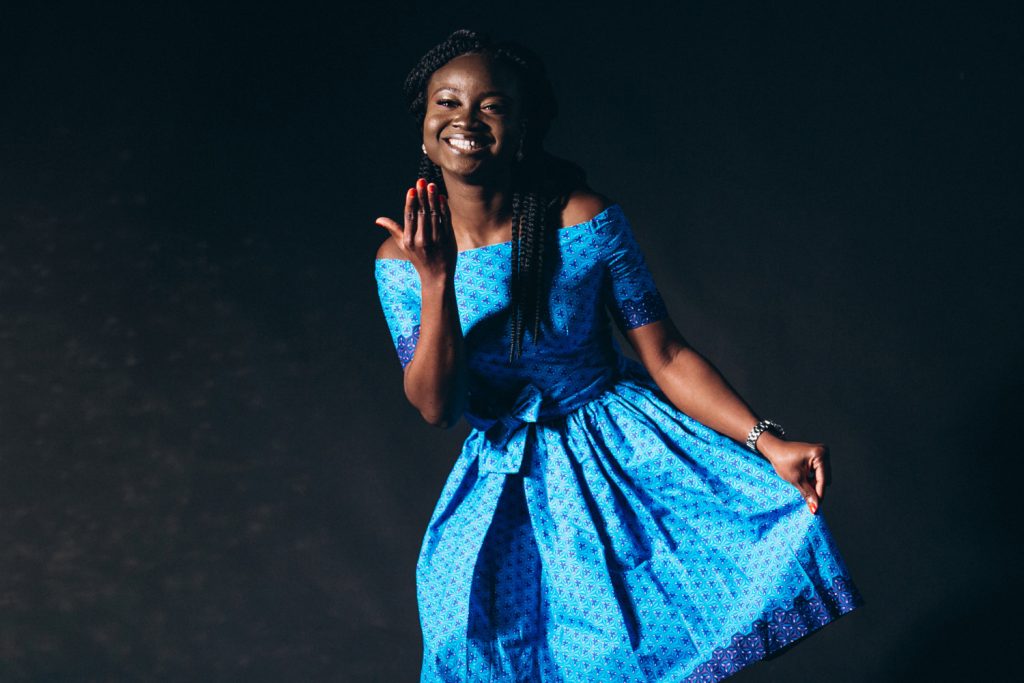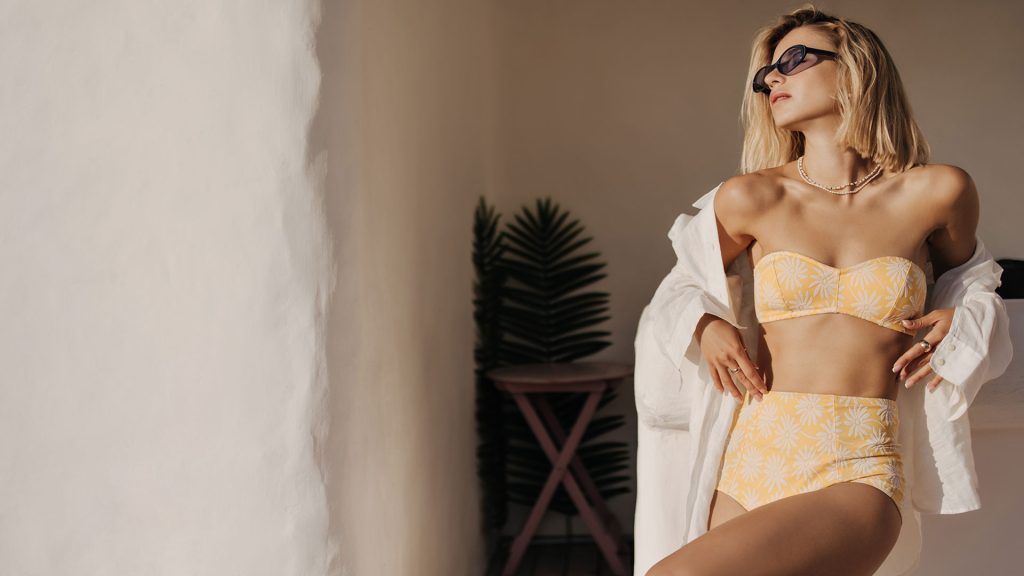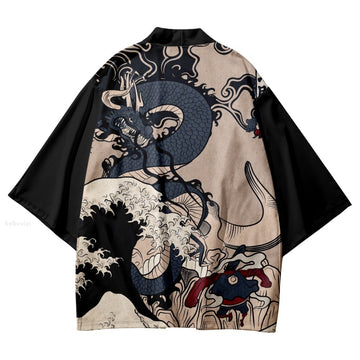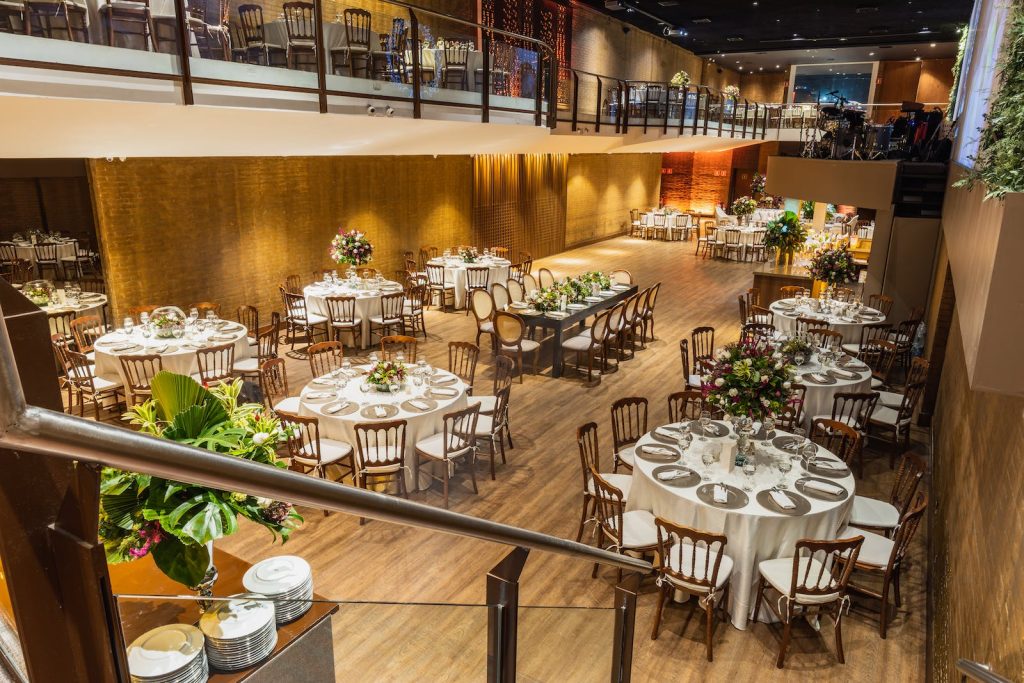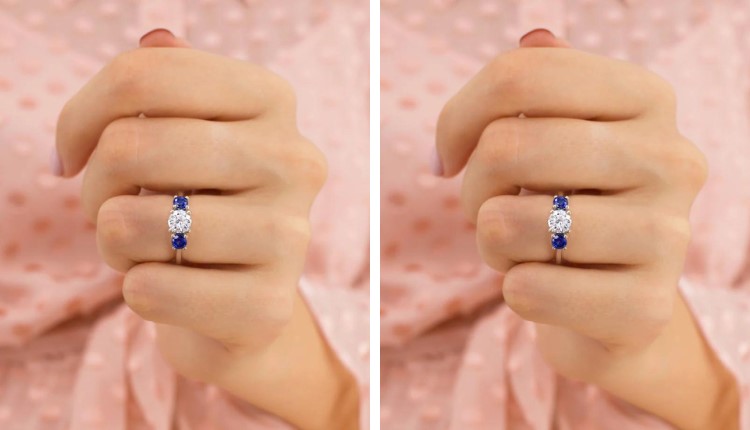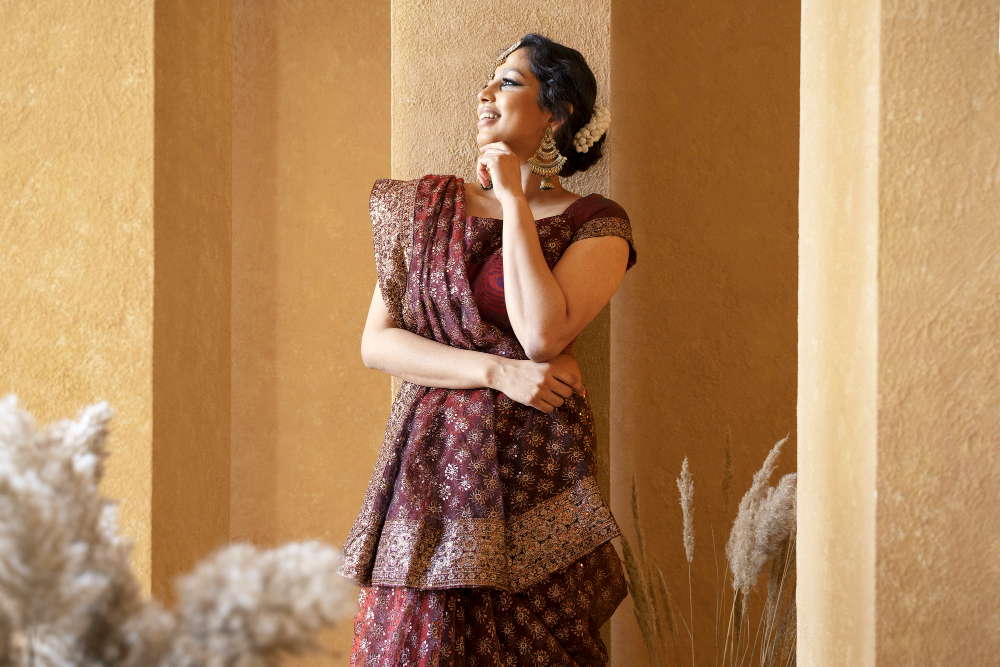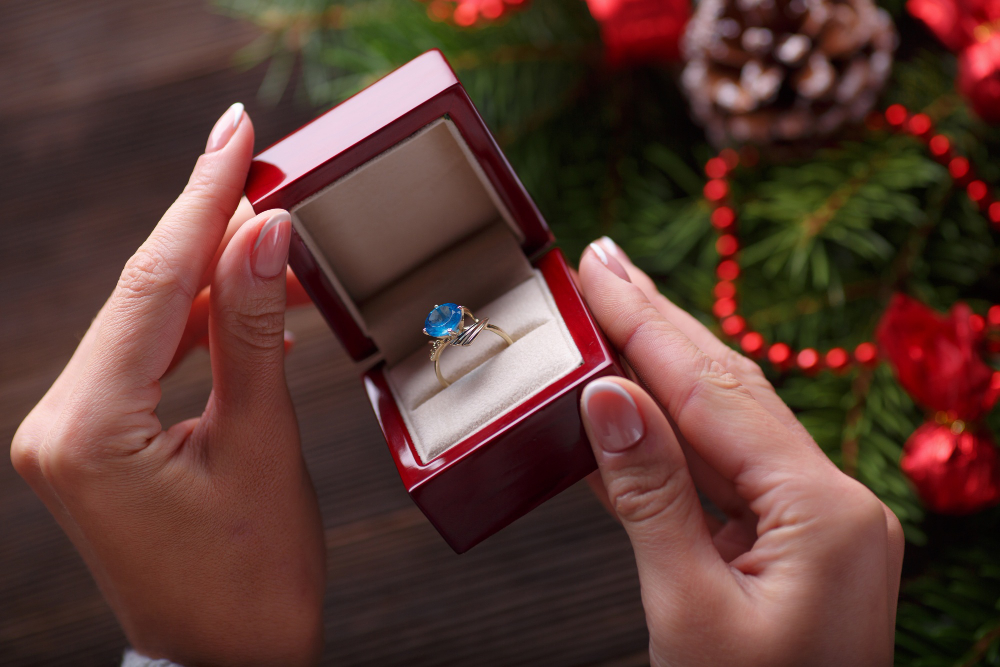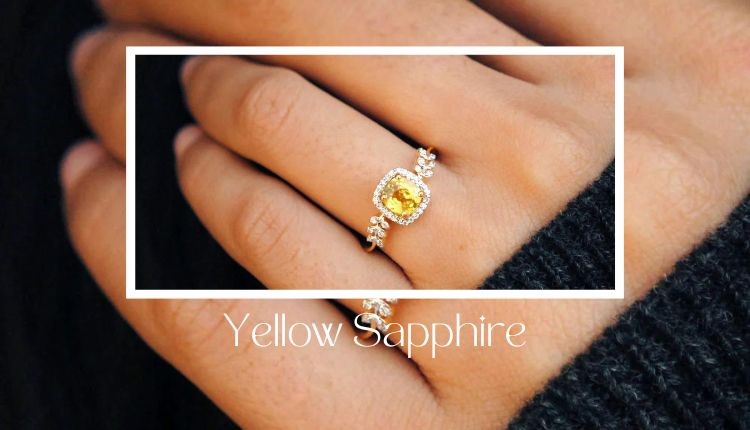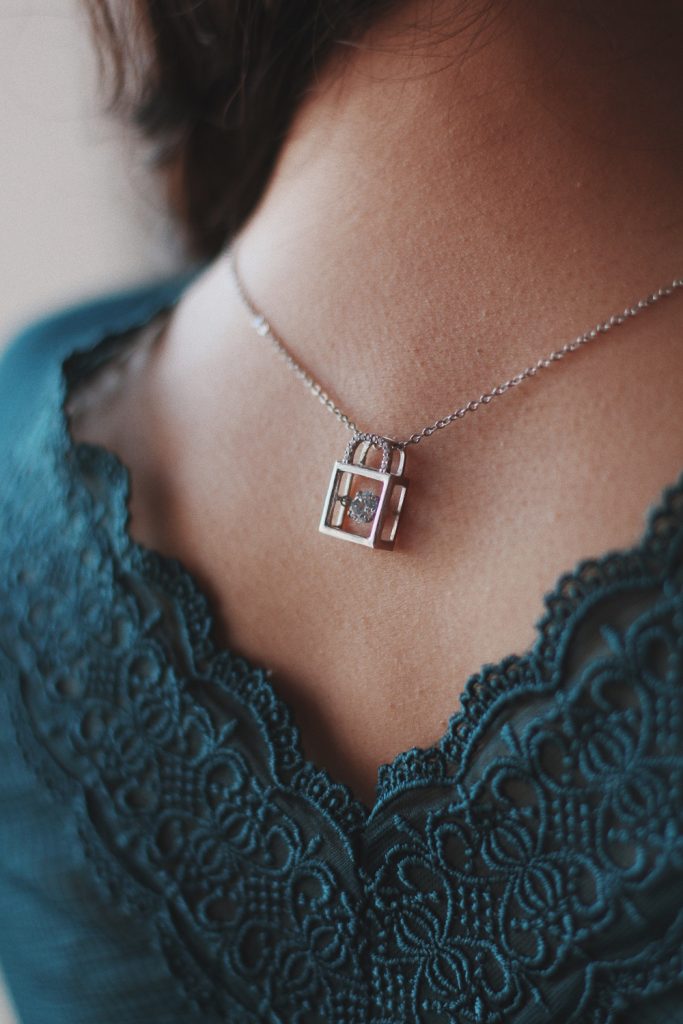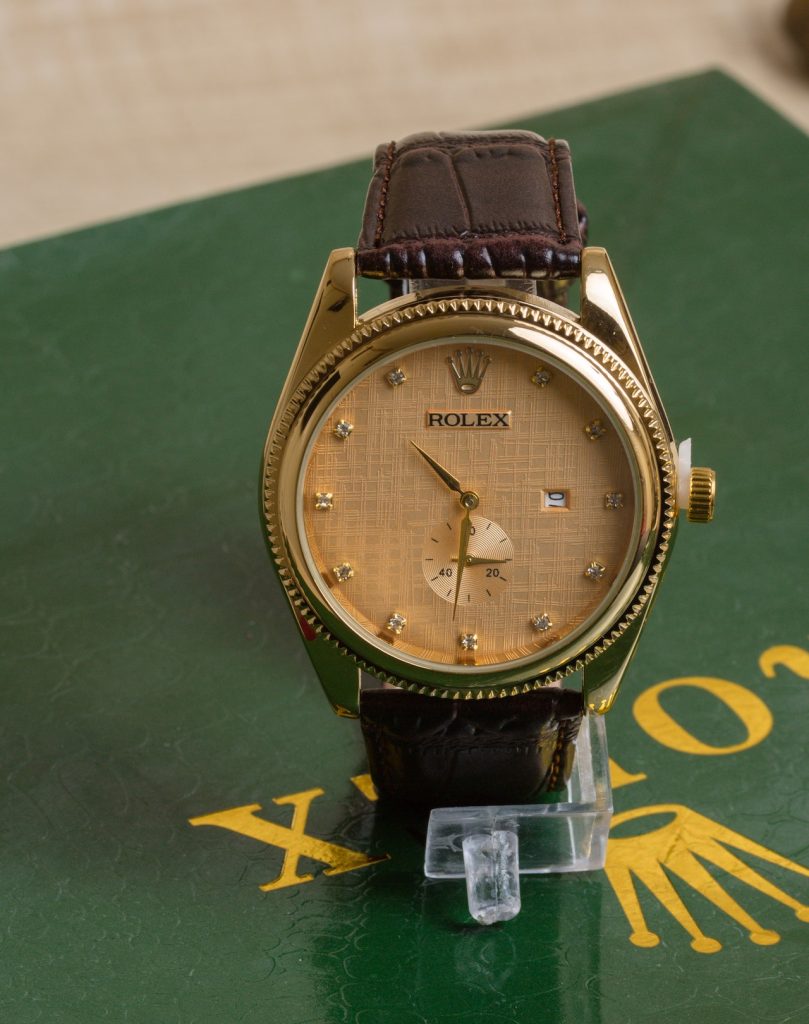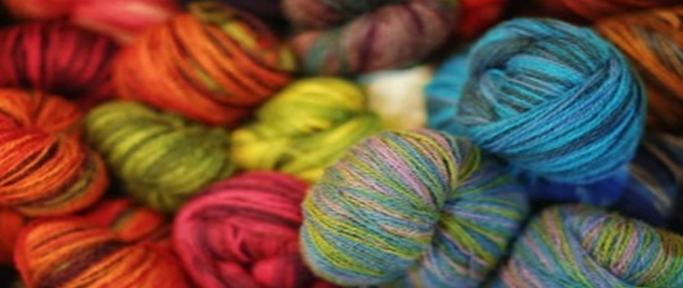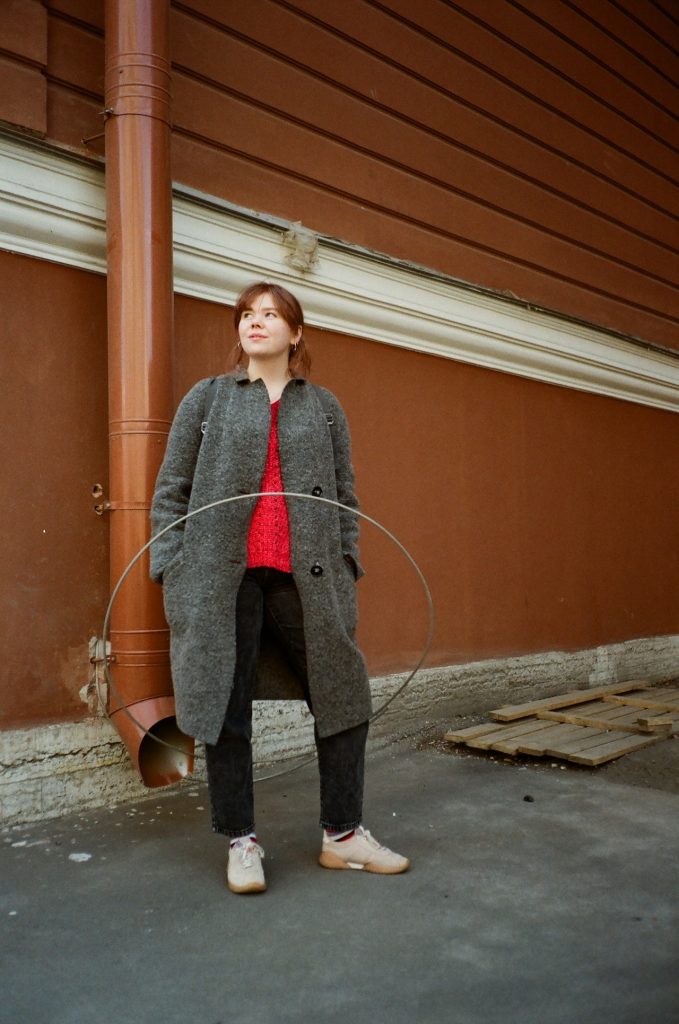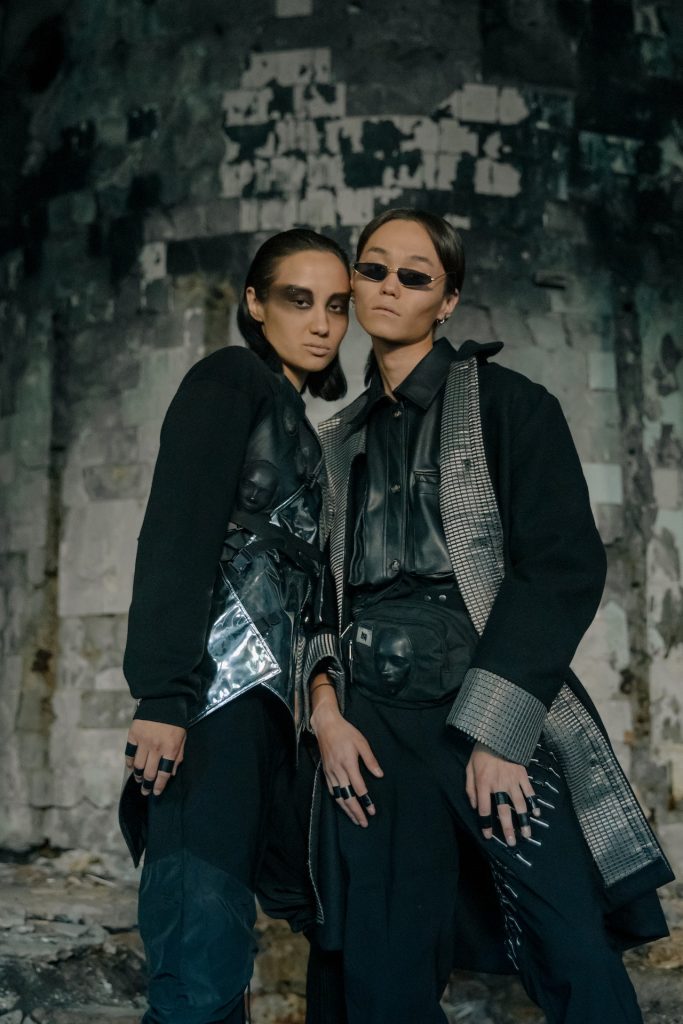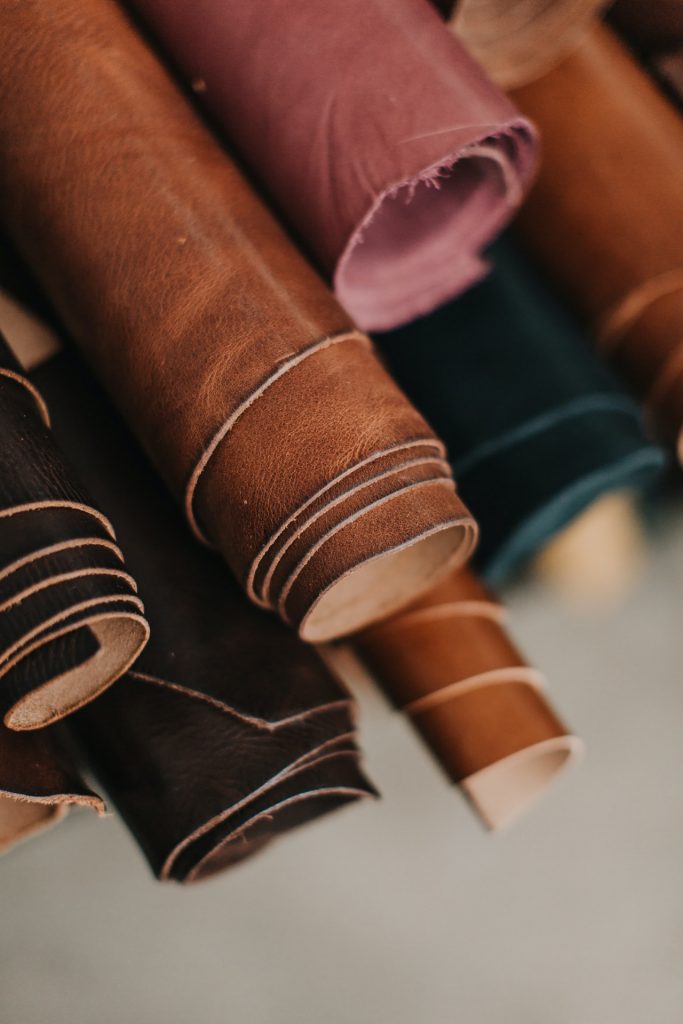The Role of Traditional Wear in Preserving Cultural Identity
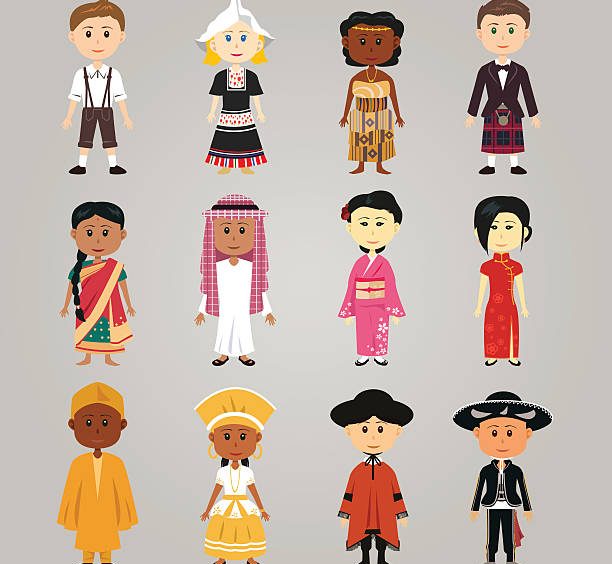
Introduction:
Traditional wear holds a special place in many cultures and is an essential part of a society’s history and cultural identity. It is a visual representation of a culture’s values, beliefs, and heritage, and serves as a symbol of unity and continuity within a community. In this article, we will explore the role of traditional wear in preserving cultural identity.
A Symbol of Cultural Heritage
Traditional wear serves as a symbol of a culture’s heritage, embodying the values, beliefs, and traditions of a society. It is a visual representation of a culture’s history and provides a sense of continuity, connecting the present to the past. Wearing traditional wear allows individuals to express their connection to their cultural heritage and to feel a sense of pride in their identity.
A Sense of Community
Wearing traditional wear can also foster a sense of community and belonging, particularly in traditional gatherings and events. It provides a visual representation of unity and helps to bring people together, creating a sense of belonging and cultural solidarity. Traditional wear also serves as a way for people to connect with their cultural roots and express their cultural identity.
Promoting Cultural Diversity
In a world that is becoming increasingly globalized, traditional wear can play a vital role in promoting cultural diversity and understanding. By wearing traditional wear, individuals can promote and share their cultural identity with others, helping to create a greater appreciation and understanding of different cultures. This can help to break down barriers and promote a greater sense of cultural unity and understanding.
Encouraging Cultural Preservation
Wearing traditional wear can also encourage the preservation of cultural heritage. By keeping traditional wear alive and relevant, individuals and communities can help to ensure that their cultural heritage continues to thrive and be passed down to future generations. This can help to prevent cultural assimilation and ensure that cultural traditions are maintained and preserved.
A Source of Inspiration
Traditional wear can also serve as a source of inspiration, particularly in fashion and design. By incorporating traditional elements into modern designs, designers and fashion houses can help to bring new life to traditional wear, making it relevant and appealing to a new generation. This can help to revive traditional styles and keep cultural heritage alive and relevant.
A Connection to the Past
Finally, traditional wear provides a connection to the past, allowing individuals to feel a sense of connection to their cultural heritage and history. It is a tangible representation of a culture’s past, embodying the values, beliefs, and traditions that have been passed down from generation to generation. By wearing traditional wear, individuals can feel a sense of connection to their cultural heritage and to the traditions of their ancestors.
Conclusion:
Traditional wear plays a vital role in preserving cultural identity, embodying the values, beliefs, and traditions of a culture. It is a symbol of cultural heritage and serves as a source of inspiration and connection to the past. By wearing traditional wear, individuals can express their cultural identity, promote cultural diversity, and help to preserve cultural heritage for future generations. It is an essential part of a culture’s history and heritage and provides a sense of continuity, connecting the present to the past.
In a rapidly changing world, it is more important than ever to preserve cultural identity and heritage. By embracing traditional wear, individuals, and communities can help to ensure that their cultural traditions continue to thrive and be passed down to future generations. Whether it’s for special occasions or everyday wear, traditional wear provides a connection to a person’s cultural heritage and serves as a symbol of unity and cultural pride.















